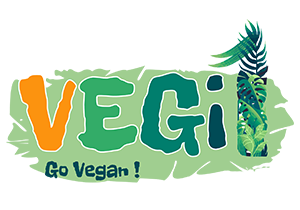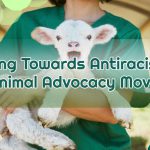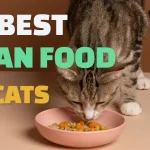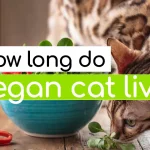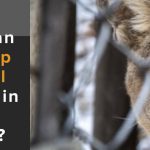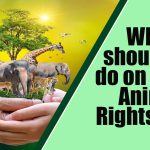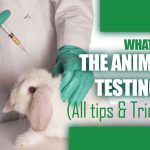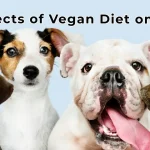Is it true that vegans also kill animals?
The Truth About Animal Deaths and Veganism: Debunking the Crop Deaths Myth
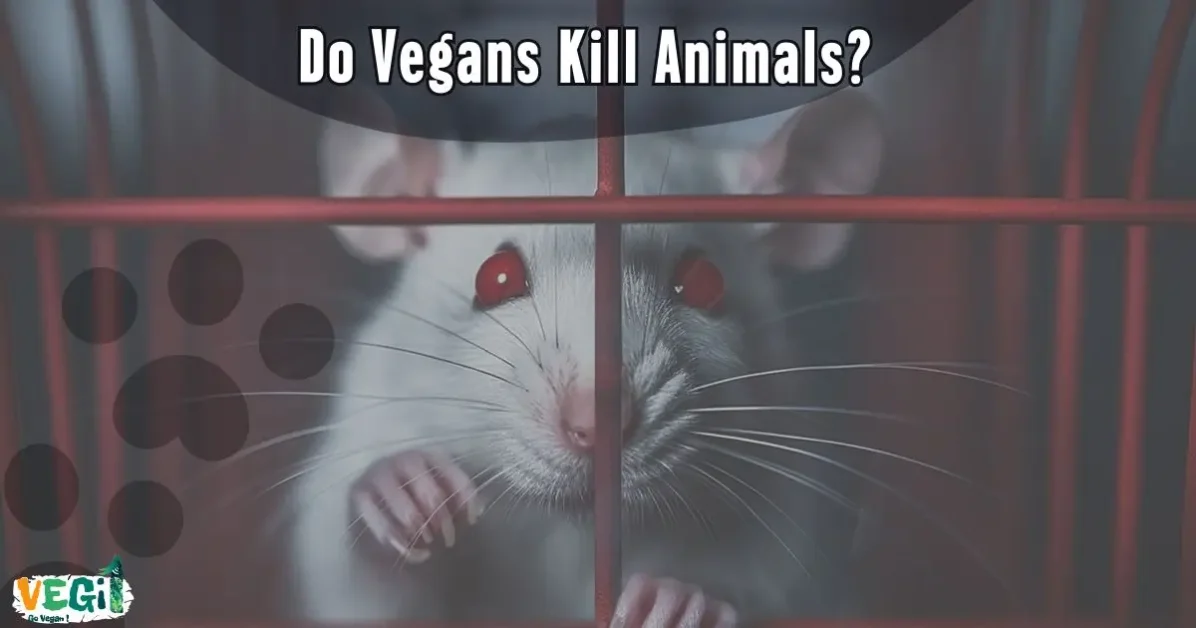
In this article, I’ll explore the common argument that vegans are responsible for more animal deaths than non-vegans due to crop production. I’ll dive deep into the data and evidence to show that this claim is simply not true, and that a vegan lifestyle is the best way to minimize animal suffering and death.
In this article you will read:
The Claim That Vegans Kill More Animals
One argument often thrown at vegans is that they are responsible for more animal deaths due to crop production. Critics claim that growing plant-based foods results in the deaths of countless small animals like rodents, birds, and insects. But let’s break this down.
It’s true that some animals die during crop harvesting. However, the scale of these deaths is often exaggerated. Moreover, this argument overlooks a crucial point: the majority of crops grown aren’t consumed directly by humans. Instead, they are fed to livestock.
Understanding the Numbers
When you consume animal products, you indirectly support an industry that requires vast amounts of crops to feed their livestock. This means more land is used, and more animals are displaced or killed. By going vegan, you actually reduce the demand for these crops and the overall impact on wildlife.
So, a vegan lifestyle significantly reduces the number of animals killed compared to a diet that includes meat and dairy.
Soy Production and Animal Feed
Let’s talk about soy, a common target in these debates. Critics argue that soy farming is responsible for killing many animals. But there’s a huge flaw in this argument.
About 75 to 80 percent of all soy produced globally is used as animal feed in the meat and dairy industries. Only around 6 percent is used directly for human consumption. This means that if you’re consuming animal products, you’re supporting the primary driver behind soy production.
Who Really Consumes Soy?
Most of the soy grown doesn’t end up in your tofu or soy milk. It ends up in the bellies of cows, pigs, and chickens. So, if you’re concerned about the impact of soy farming on wildlife, the logical step is to cut out the middleman—animal agriculture.
By choosing a vegan diet, you significantly reduce the demand for soy used in animal feed. This, in turn, decreases the land needed for soy farming and the resulting harm to wildlife.
Chris Kresser’s Crop Deaths Argument
Chris Kresser has been vocal about the impact of plant agriculture on animal deaths, citing figures that claim between thirty-five to two hundred and fifty mouse deaths per acre. He also mentions a staggering figure of 7.3 billion animals killed annually due to plant agriculture. This includes birds killed by pesticides, fish affected by fertilizer runoff, and reptiles and amphibians poisoned by eating toxic insects.
Kresser argues that the total number of animals killed in plant agriculture exceeds those killed in animal agriculture, including factory farming. He suggests that plant-based diets may be more harmful to animals than diets that include meat, dairy, and eggs.
But are these claims accurate? Let’s dive deeper into the numbers and the sources Kresser relies on.
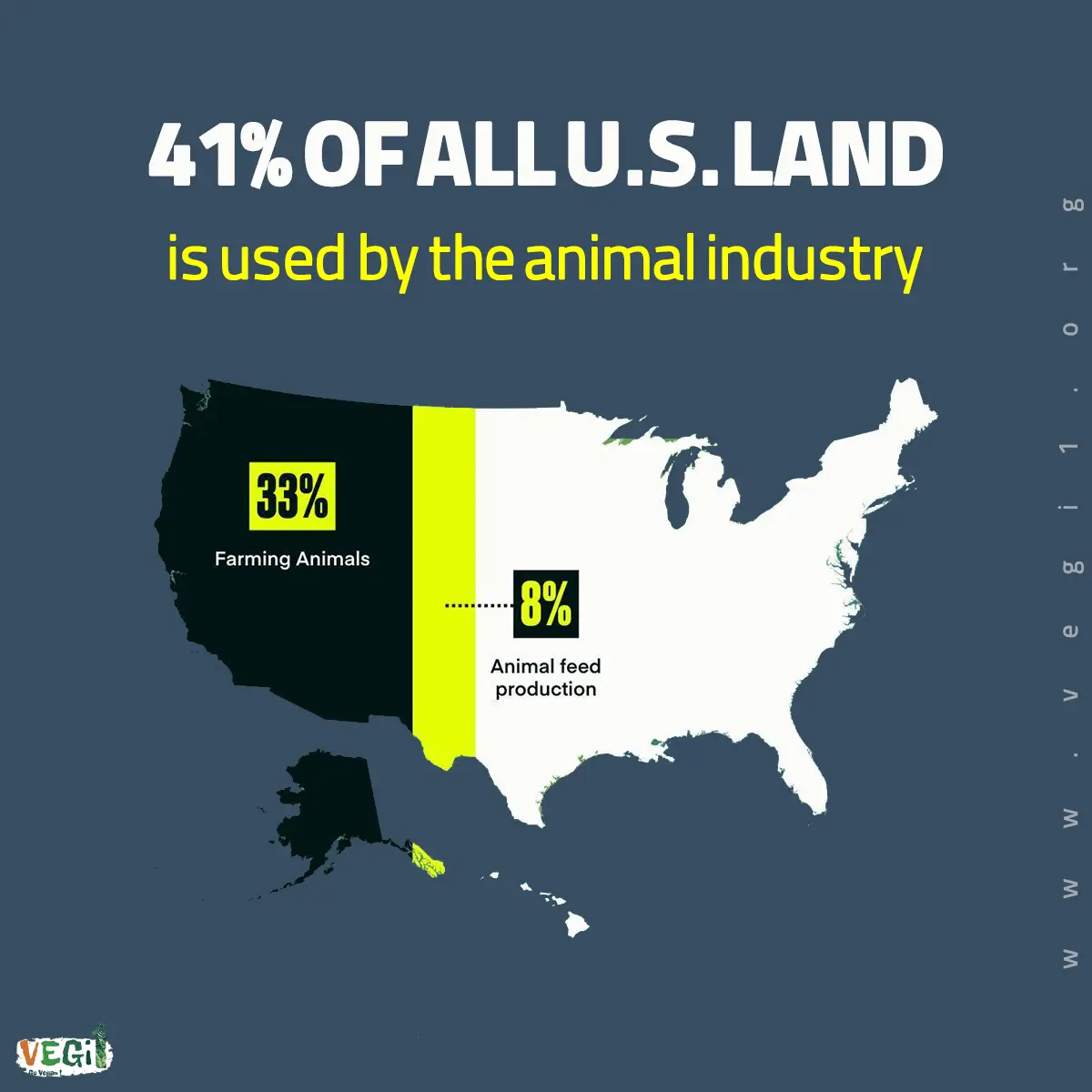
33% Farming Animals
8% Animal feed production
Now,Are vegans really responsible for more animal deaths?
Debunking the Crop Deaths Argument
Comparing Animal Deaths
Firstly, it’s essential to understand the scale of animal deaths in different types of agriculture. Over 9.5 billion land animals are killed annually in the U.S. alone for meat, dairy, and eggs. When marine animals are included, this number skyrockets to 55 billion. These figures dwarf the number of animals Kresser claims are killed in plant agriculture.
Moreover, the U.S. Department of Agriculture (USDA) data reveals that 77.3 million acres of land are used to grow plants directly for human consumption. However, a much larger 127.4 million acres are used to grow plants for animal feed. This means that 65% more land is dedicated to growing crops for livestock than for humans.
Additionally, animal farming in the U.S. utilizes 654 million acres of pasture and rangeland. Overall, animal agriculture uses ten times more land than plant farming for human consumption.
Examining the Source
Kresser’s argument relies heavily on a specific paper, but a closer look at this source raises questions. The authors of the paper themselves suggest that the estimate of 7.3 billion animals killed annually is too high and should be reduced. In fact, the paper does more to dismantle the crop deaths argument than support it.
For instance, a 2004 study cited within the paper examined wheat and corn harvesting in central Argentina. It compared the population and distribution of grass mice in crop fields, border regions, and the surrounding area. While the number of mice decreased in fields after harvest, their numbers increased in border regions. When considering disappearances (both deaths and migrations), there was no significant difference between the habitats.
This study concluded that changes in field animal numbers were due to movement, not higher mortality in crops.
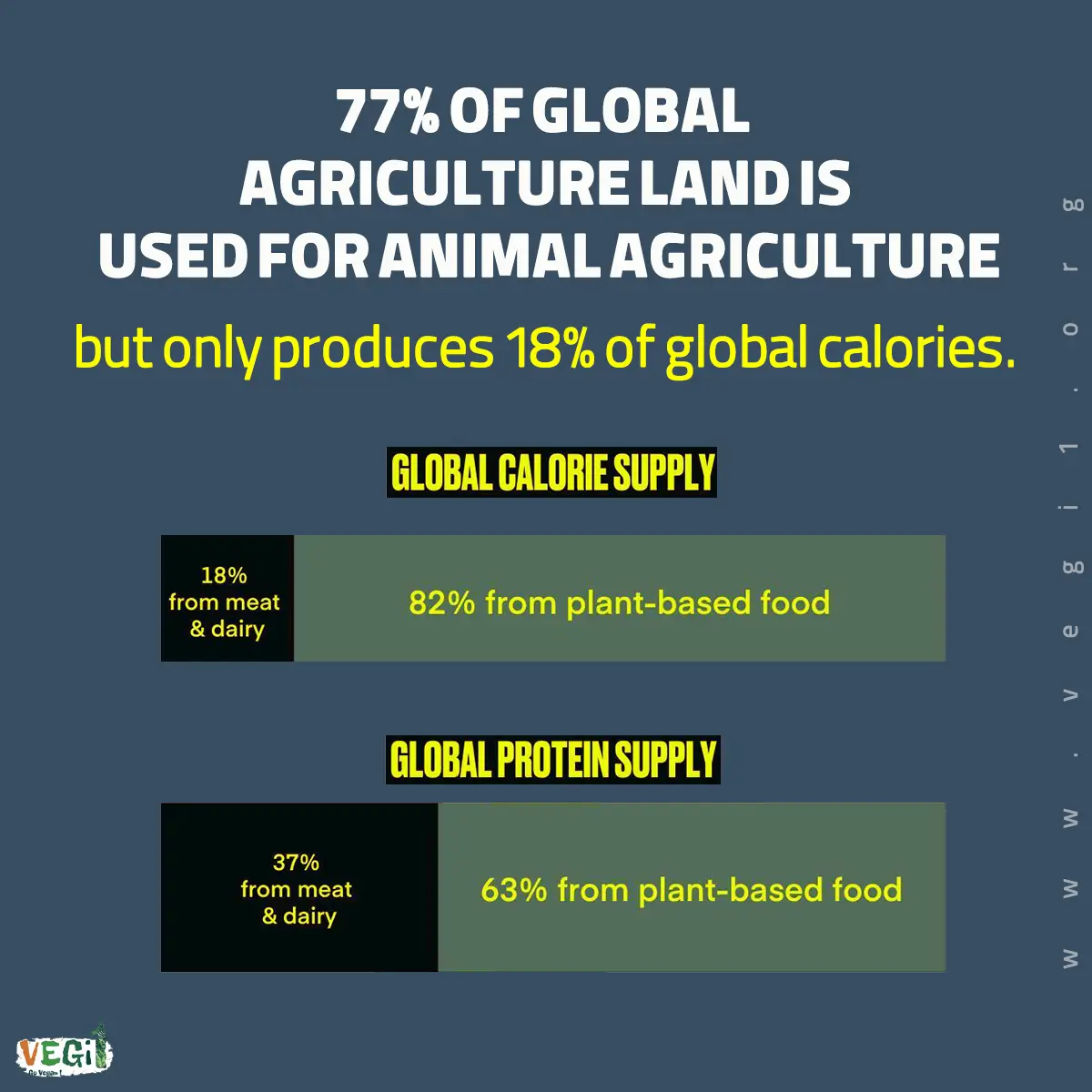
Global Calorie Supply
– 18% from meat & dairy
– 82% from plant-based food
Global Protein Supply
– 37% from meat & dairy
– 63% from plant-based food
Common Sense and Animal Behavior
Let’s use some common sense here. Mice have excellent hearing, which is their primary defense against predators. Do we really believe these animals would stay put as massive, noisy combine harvesters approach? It’s far more likely they would flee to safer areas.
Even if some animals are killed during crop harvesting, the numbers are significantly lower than those killed in animal agriculture. Furthermore, the crops grown for livestock feed contribute to these deaths, so consuming animal products indirectly supports this harm.
The Bigger Picture
Ultimately, the argument that “vegans kill animals” through crop production overlooks the broader context. By adopting a vegan lifestyle, you reduce the demand for animal products and the vast amounts of crops needed to feed livestock. This, in turn, minimizes land use and the associated wildlife displacement and deaths.
So, Veganism remains the best way to reduce overall animal suffering and death. By choosing plant-based foods, you contribute to a more sustainable and compassionate world.
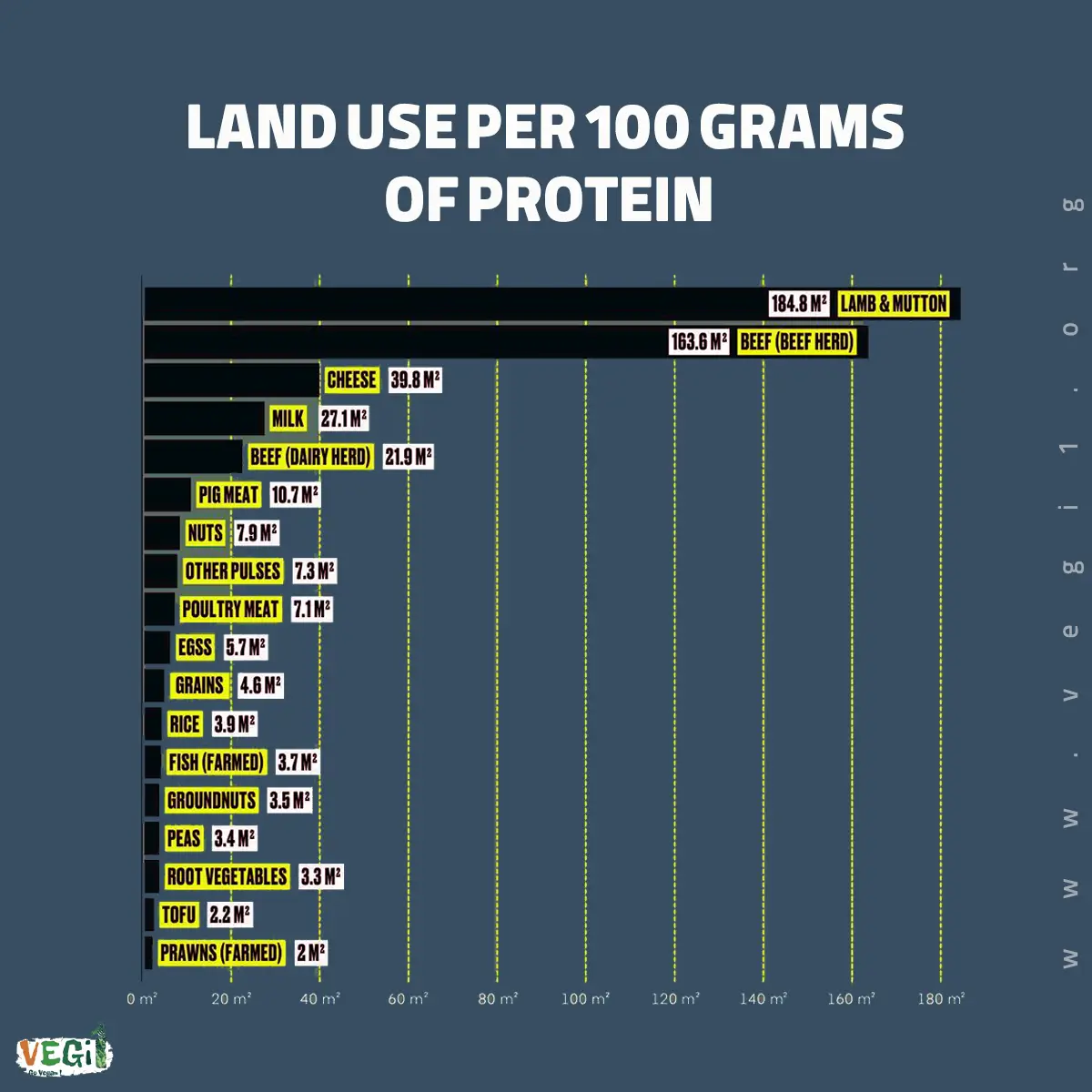
The Origin of the Crop Deaths Argument
But where did this argument even come from? Well, back in 2003, an article was published by someone named Steven Davies. Davies claimed that it’s more ethical to eat an omnivorous diet focused on ruminant meats than to be plant-based. He argued that more animals die in the production of plant-based foods than in the production of ruminant meat.
However, Davies made a significant error in his paper. He assumed the same amount of food would be produced on the same amount of land, regardless of the type of food. This is simply not true. Davies estimated that about 7.5 animals are killed per hectare when producing grass-fed beef, but 15 animals are killed per hectare when producing plant-based crops.
Revisiting Davies’ Numbers
Using Davies’ estimates, a rebuttal using UN data states that 1,000 kilograms of protein can be produced on one hectare of land growing plants. In contrast, it would take ten hectares of land to produce the same amount of protein from grass-fed beef. When you factor in the error Davies made, his numbers actually make an even more compelling argument to be vegan.
According to his calculations, a plant-based diet is responsible for five times fewer deaths than a diet that includes ruminant meat. This flips Davies’ argument on its head, showing that vegans kill animals far less than those who consume meat.
The Suffering of Animals in Animal Agriculture
As a non-vegan, you’re paying for animals to suffer in a whole host of horrific ways. Animals in the meat, dairy, and egg industries endure forced impregnation, have their babies taken away, and are subjected to mutilations like tail docking, castration, dehorning, despudding, and branding.
Transportation and Slaughter
Once these animals have endured these procedures, farmers sell them to be killed. They’re loaded into trucks and trailers and transported to slaughterhouses. In some countries, like Australia, these animals can be transported for up to 48 hours in these trucks. At the slaughterhouse, they endure a terrifying ordeal before they’re eventually killed by having their throats cut.
When we go vegan, it’s not just about reducing the number of animal deaths. It’s also about reducing the overall suffering and harm we cause to these animals. There can be no more suffering and harm caused to an animal than what is inflicted in the meat, dairy, and egg industries.
Chance of Escape vs. Certain Death
Animals killed in crop production have a chance to escape. Their deaths are indirect. However, animals raised specifically for their meat and secretions have no chance of escape. Their fate is sealed from the moment they are born.
By choosing a vegan lifestyle, you not only minimize animal deaths but also significantly reduce the suffering these animals endure. This choice creates a more compassionate and sustainable world, countering the argument that vegans kill animals.
Mike Archer’s Mouse Plague Argument
In 2011, Mike Archer published an article that’s frequently cited by non-vegans. This article is often used as a key argument against veganism, suggesting that more animals are killed in plant-based agriculture than in animal agriculture. Archer claims that 25 times more animals are killed in the production of wheat than in the production of grass-fed beef. This startling assertion is primarily based on the phenomenon of mouse plagues in Australia.
The Mouse Plague Phenomenon
Mouse plagues occur when an area is overrun by millions of mice. This is a significant issue in Australia, where every few years, these plagues cause substantial agricultural damage. To manage these plagues, farmers often resort to poisoning the mice, leading to a high number of animal deaths. Archer argues that this makes plant-based diets more harmful than omnivorous diets, especially since these plagues are a recurring issue.
However, it’s important to note that mouse plagues are primarily an Australian problem. They have also occurred in China but are not a widespread global issue. This raises questions about the relevance of Archer’s argument for vegans outside Australia. For instance, as a vegan in the UK, why should this uniquely Australian problem deter me from my lifestyle? Despite this, many people, including notable figures like Steven Crowder, have shared Archer’s article as a reason to not be vegan.
Understanding the Context
According to USDA data, in 2019-2020, about 3.5 million tons of wheat were produced for human consumption, while 6 million tons were used as animal feed. This means animal farmers use approximately 1.7 times more wheat, leading to potentially 1.7 times more mice being killed for wheat production alone. Furthermore, around 80% of beef sold in Australian supermarkets comes from cattle that spend most of their lives grazing on pasture but are fattened up on grain in feedlots for the last 10-15% of their lives.
Even cattle marketed as grass-fed can legally spend up to 70 days in feedlots being fed grain. Given that many cattle are slaughtered at around 18 months old, this grain-feeding period falls within the last 10-15% of their lives. This means that even “grass-fed” cattle contribute to the demand for grain, indirectly supporting the same agricultural practices that lead to mouse plagues.
The Reality of Grass-Fed Animals
We often imagine grass-fed animals spending their entire lives grazing on lush pastures. However, the reality is different. Grass-fed animals are often fed different types of grass, such as hay, silage, and haylage, especially during seasonal changes or when pasture is nutritionally insufficient. These feeds are harvested using combine harvesters, which means even grass-fed animals are linked to the same agricultural processes that can harm small animals.
The claim that vegans are responsible for more animal deaths than non-vegans due to crop production is false, and a vegan lifestyle is actually the best way to minimize animal suffering and death.
The Impact of Mouse Plagues on All Agriculture
Mouse plagues don’t just affect crops intended for human consumption. They impact the entire agricultural landscape in Australia, including crops used for animal feed. For instance, hay and silage, which are essential for feeding grass-fed cattle, are also affected by mouse plagues. Farmers report significant damage to these feeds due to mouse droppings and urine, which can disease cattle and ruin the feed.
Broader Agricultural Impact
In a recent article about a mouse plague, a farmer mentioned that mice had been eating sorghum, a type of grass used to make hay, causing substantial financial losses. This highlights that mouse plagues target all types of crops, not just those consumed by vegans. This is further supported by documents from Feed Central, Australia’s largest hay selling platform, which provide guidelines on managing mouse plagues in haystacks. These guidelines recommend not holding back on the number of bait stations, indicating the severity of the problem.
Moreover, mouse plagues also affect pasture land, which is crucial for grass-fed cattle. This means that even if we exclude hay and silage from the equation, pasture land and consequently, grass-fed cattle, are still negatively impacted by mouse plagues. This broader impact on all agricultural sectors undermines Archer’s argument that plant-based diets are more harmful due to mouse plagues.
A Flawed Argument
Mike Archer’s argument hinges on the idea that mouse plagues disproportionately affect plant-based agriculture. However, the reality is that these plagues impact all types of agriculture, including those supporting animal farming. By overlooking this broader context, Archer’s argument fails to provide a compelling reason against veganism. Instead, it highlights the interconnectedness of agricultural practices and the widespread impact of mouse plagues.
Ultimately, the claim that vegans kill animals through crop production is a flawed argument when viewed in the broader context. Mouse plagues affect the entire agricultural sector, not just crops consumed by vegans.
By adopting a vegan lifestyle, we reduce the demand for animal products and the vast amounts of crops needed to feed livestock. This, in turn, minimizes land use and the associated wildlife displacement and deaths.
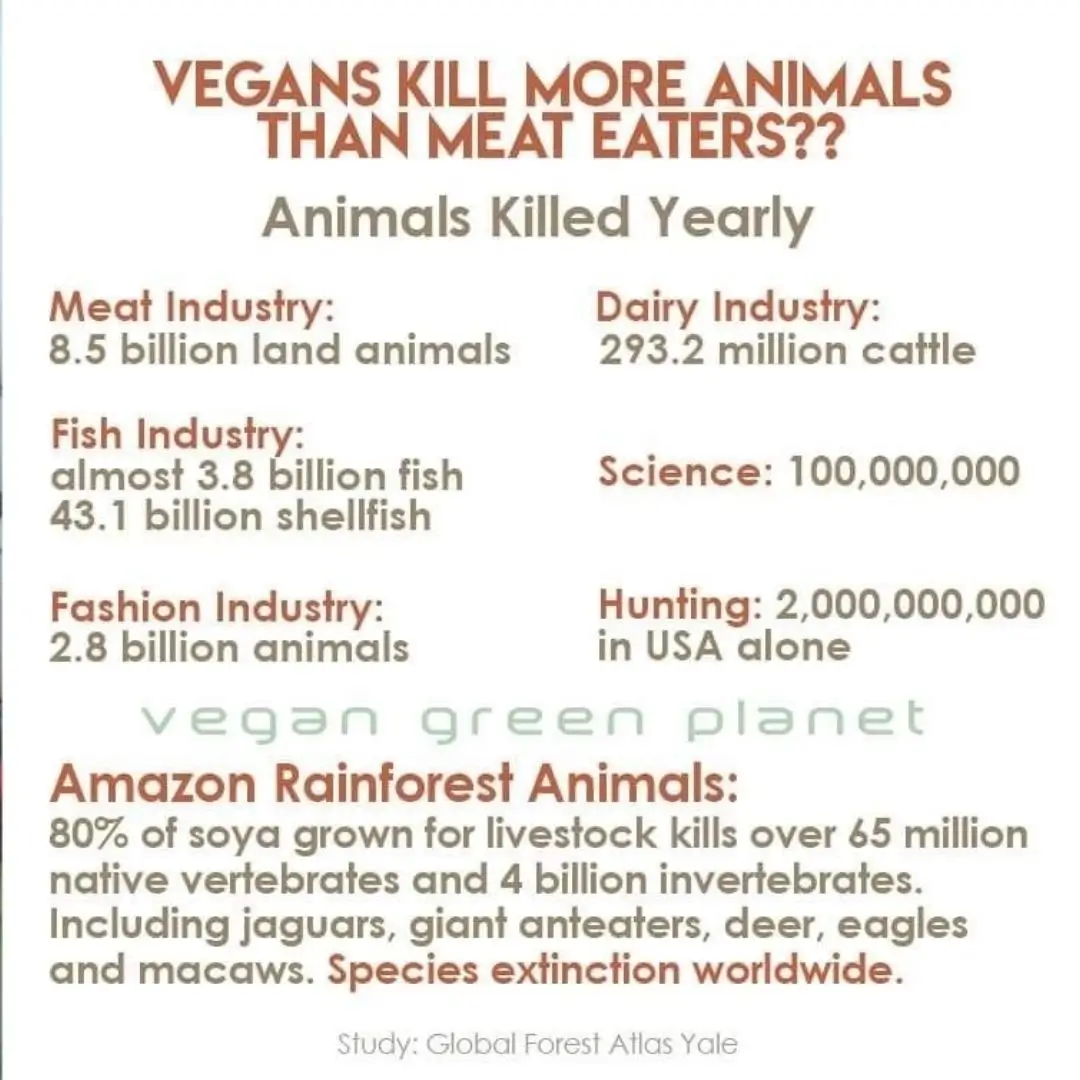
Comparing Animal Deaths: Vegans vs Non-Vegans
Let’s think about it. Who do we think kills more animals, a vegan or a non-vegan? On the one hand, we have a non-vegan whose diet uses more grain, more land, and is responsible for using hay and silage. Non-vegans also directly kill animals for meat. On the other hand, we have the vegan diet, which uses less land, doesn’t use hay or silage, uses less grain, and doesn’t involve directly killing an animal. So who is responsible for the most animal deaths?
Land and Grain Usage
Non-vegans require vast amounts of grain and land to support livestock. Livestock not only consume these grains but also require additional land for grazing. This extensive land use results in more animal habitats being destroyed and more small animals being killed during grain harvesting.
Vegans, however, consume grains and plants directly, which uses significantly less land and resources. This means fewer animals are displaced or killed. Therefore, even though some animals may die during crop production, the overall impact on wildlife is much less for vegans.
Misrepresentation of Data
Critics like Mike Archer argue that crop production causes more animal deaths due to mouse plagues. However, this data is often misrepresented. For instance, Archer suggests that every four years, each area of grain production in Australia is affected by mouse plagues. In reality, only about 2.3% of Australian grain cropland is hit by plagues in an average year.
When recalculated, animal deaths per 100 kilograms of usable grass-fed protein are higher than those for wheat protein. This shows that less animal deaths are associated with plant-based diets, even considering mouse plagues.
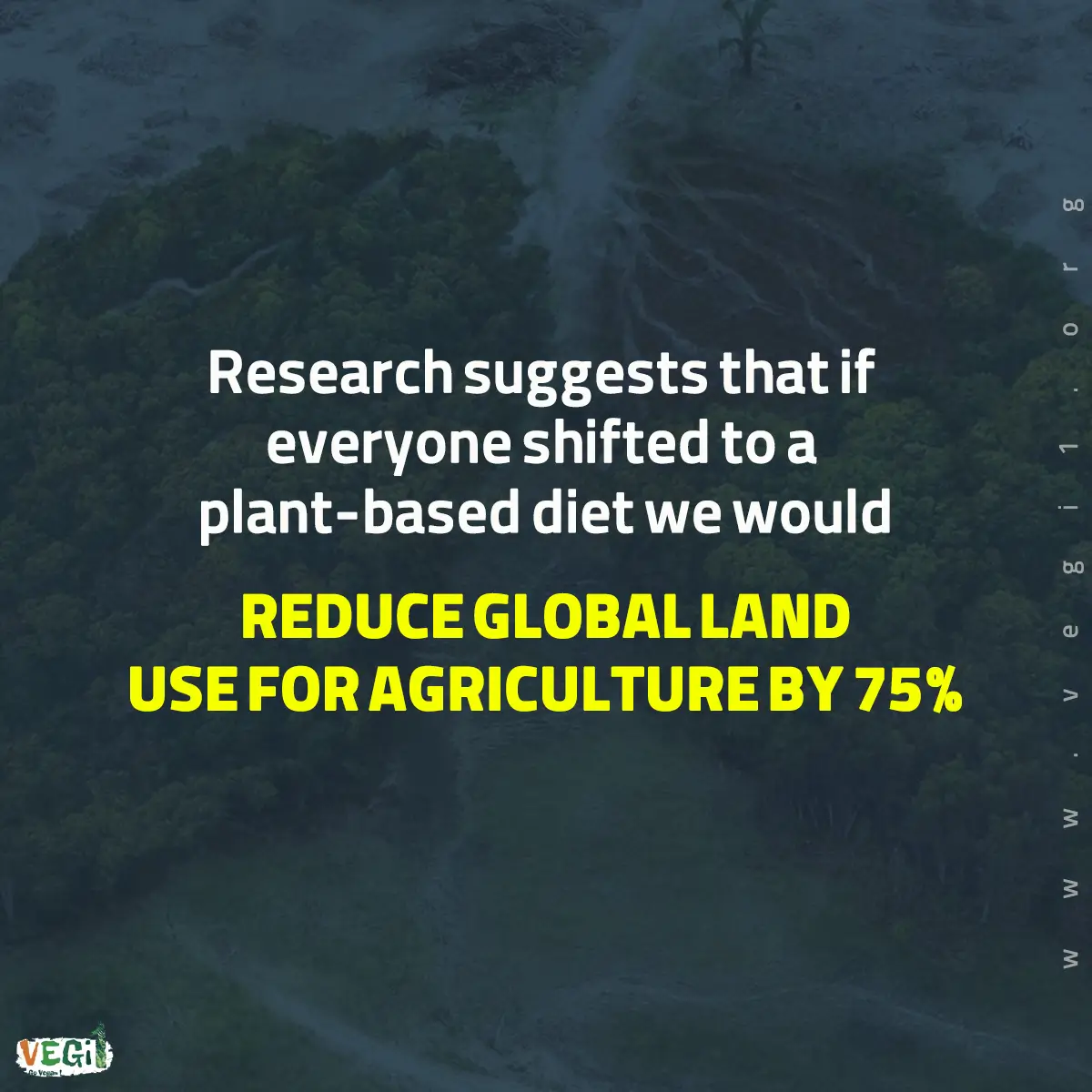
The Environmental Benefits of a Vegan Diet
Beyond reducing animal deaths, adopting a vegan diet offers significant environmental benefits. One of the most compelling arguments for veganism is its positive impact on the environment.
Land Usage
Shifting to a plant-based diet would free up to 75% of current agricultural land. This is an area equivalent in size to Australia, China, the EU, and the US combined. This land could be reforested and restored, promoting biodiversity and combating climate change.
Technological Advancements
Technological advancements like vertical farming are making plant agriculture more efficient and sustainable. Vertical farming reduces the need for extensive land use and can produce crops year-round in controlled environments. This minimizes the impact on wildlife and reduces the carbon footprint of food production.
Supporting Biodiversity
According to a recent report from Chatham House, setting aside land for biodiversity would offer the most benefit across a given landscape. Protecting or restoring natural habitats can help mitigate the biodiversity crisis. A vegan diet supports this by reducing the need for land-intensive animal agriculture.
Conclusion
In conclusion, a vegan lifestyle significantly reduces animal deaths , it’s clear that one of the best ways to minimize animal suffering and help the environment is by embracing a plant-based lifestyle. The claims that vegans cause more animal deaths due to crop production are not true . The reality is that consuming animal products requires a lot more resources and leads to way more animal deaths and habitat destruction.
Living a vegan lifestyle significantly cuts down on the number of animals killed and helps preserve the environment. Growing plants directly for human consumption uses much less land and fewer resources, meaning less harm to wildlife.
So, not only does being vegan reduce the direct killing of animals, but it also contributes to a healthier planet by using fewer resources and protecting natural habitats.
SOURCE:
- DEBUNKED: Do vegans kill more animals through crop deaths?
- Canada Faces Growing Migrant Crisis: What You Need to Know About Illegal Border Crossings in 2023 | Superb26 | NewsBreak Original.
- Is Vertical Farming The Future | OPTICLIMATE.
